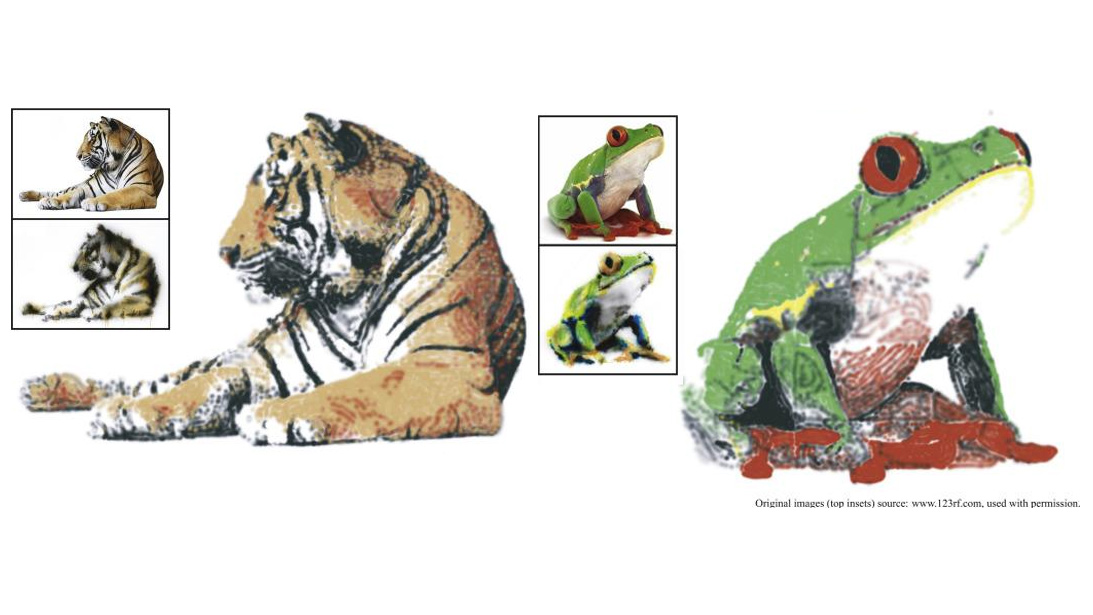This 'smart' spray can will instantly turn you into a pro graffiti artist
Turns on and off automatically

Spray paint is cheap and easy to use, which is why graffiti covers our cities. But now it's even accessible to robots - computer graphics researchers have built a system that makes it easy for graffiti artists to turn digital photographs into huge murals.
Computer-aided painting is older than you probably realise - it dates back to the early 1960s and a revolutionary program called Sketchpad, which was the first to have a graphical user interface. But it's difficult to apply those techniques to scale of a building because of the sizes involved.
Now, a team from ETH Zurich, Disney Research Zurich, Dartmouth College and Columbia University has developed a 'smart' spray can that knows where it is in space. As the operator waves it around next to a building, it automatically triggers only in the locations where the paint needs to be applied.
The prototype they've built consists of two webcams and QR-coded cubes for tracking, as well as a small actuator that applies pressure to the nozzle when it receives a paint command. On a nearby computer, a real-time algorithm works out exactly how much paint is needed at the current location.
The result is that the painting appears before the user as they wave the can across a surface, even if they don't know what the image looks like beforehand. Here's a video of it in action:
'Unconventional'
"Typically, computationally-assisted painting methods are restricted to the computer," says Wojciech Jarosz, who co-authored a study describing the technique, published in the journal Computers & Graphics.
"In this research, we show that by combining computer graphics and computer vision techniques, we can bring such assistance technology to the physical world even for this very traditional painting medium, creating a somewhat unconventional form of digital fabrication. Our assistive approach is like a modern take on 'paint by numbers' for spray painting.
Get daily insight, inspiration and deals in your inbox
Sign up for breaking news, reviews, opinion, top tech deals, and more.
"Most importantly, we wanted to maintain the aesthetic aspects of physical spray painting and the tactile experience of holding and waving a physical spray can while enabling unskilled users to create a physical piece of art."
